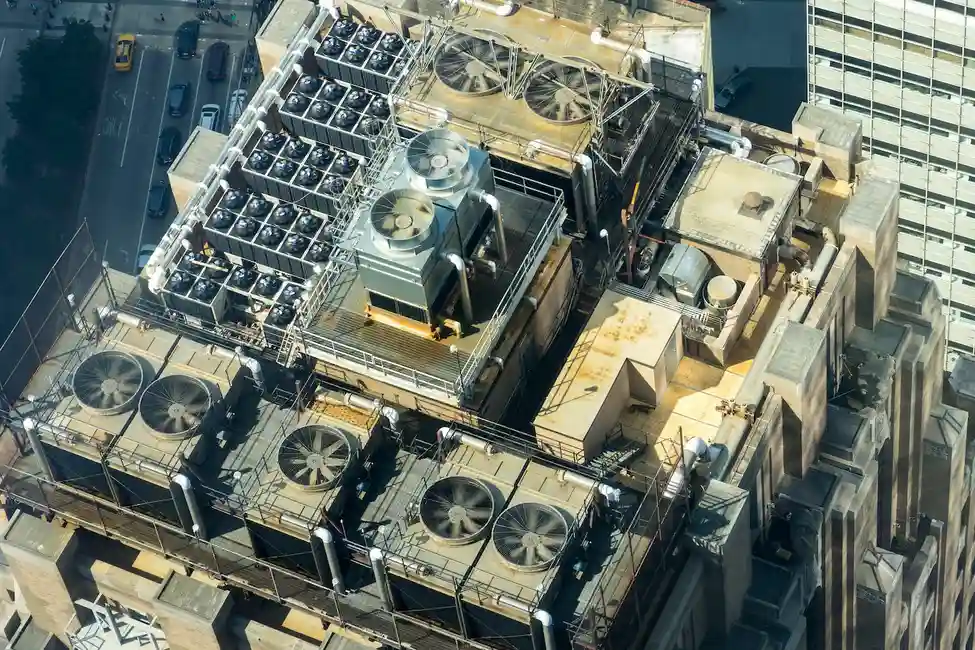HVAC commissioning is a complex process that requires significant time and effort to ensure the HVAC system in your home or business operates effectively. It’s critical for obtaining optimal performance while minimizing operational costs, as well as improving comfort and safety. That said, if you’re looking to understanding the exact procedure for an HVAC commissioning job, then look no further! We’re about to delve into exactly how it works, from start-to-finish – so sit tight and get ready to learn more about this essential step towards improved energy efficiency.
Overview of HVAC Commissioning Process
The process of commissioning an HVAC system is a crucial step in ensuring that it operates at peak efficiency and meets the needs of the building occupants. It involves a comprehensive evaluation of the system’s design, installation, and performance, including testing and adjustments to optimize its operation. The process typically begins with a pre-design review and continues through construction, installation, and occupancy. Commissioning agents work closely with building owners, contractors, and engineers to ensure that the system is properly installed, calibrated, and maintained to achieve its intended design performance. By providing this level of quality assurance, HVAC commissioning helps to ensure that buildings are comfortable, safe, and efficient for their occupants.
Pre-Inspection Activities for a Smooth Commissioning Process
Preparing for commissioning can be a rigorous process, and pre-inspection activities can make all the difference in achieving a smooth and successful commissioning. Before beginning commissioning, it is crucial to inspect all systems and components to ensure they are installed and functioning correctly. This includes checking the electrical wiring, ductwork, control systems, and any other necessary components. Addressing any problems or issues before commissioning begins can save a lot of time and headache down the road. Conducting pre-inspection activities will also help to identify any potential safety hazards and take necessary precautions to mitigate them during commissioning. Ultimately, conducting thorough pre-inspection activities will set the foundation for commissioning success.
Verifying Components and Connections during Inspection
During routine inspections, it is crucial to ensure that all components and connections are in proper working order. This not only ensures the safety of everyone involved but also maintains the integrity and longevity of the equipment. By verifying the components and connections, any potential issues can be identified and addressed before they become major problems. Whether it’s inspecting electrical connections, hydraulic lines, or mechanical parts, taking the time to thoroughly check each component can save time, money, and, most importantly, lives in the long run. So always be diligent and pay attention to the small details, because they could make a big difference.
Conducting Tests to Verify Performance and Safety
Once all systems and components have been inspected, it’s time to start testing. This is the stage where commissioning agents will analyse how well the system is performing and whether any adjustments need to be made in order for it to meet its intended design performance. These tests help to ensure safety, efficiency, reliability, and comfort. Depending on the system being commissioned, tests may include temperature settings, airflow readings, or even sound level assessments. By testing for performance and safety, commissioning agents can make necessary adjustments to ensure that optimal operation is achieved. For more information visit ECS Commissioning

